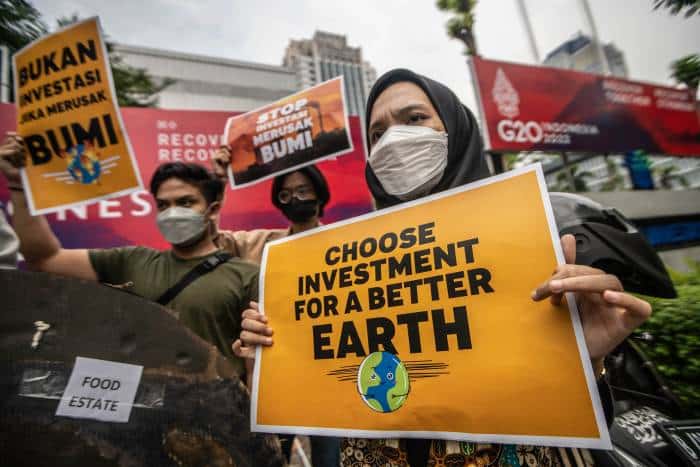On Monday 19 Dec, governments at COP15 the “biodiversity COP” adopted the Montreal – Kunming post-2020 Global biodiversity framework. The deal is being likened to “a Paris moment for biodiversity” and represents the beginning of a new chapter to end the devastation of nature and ecosystems, and a renewed global opportunity to transform societies’ relationship with nature by 2030.
This is a major breakthrough. Our climate fight is inextricably linked to the unforeseen decline in biodiversity. Rainforests and mangroves, natural areas help to slow global heating by absorbing and storing vast amounts of CO2. Scientists are clear that conservation, restoration and better management of natural areas could contribute more than one third of the greenhouse gas emission cuts the world needs to see by 2030. It’s clear that any path to keeping below 1.5C needs to halt the decline of nature and invest in its recovery.
The UN reports more than 1 million species could vanish by 2100, in what scientists have called a sixth mass-extinction event. As much as 40% of the world’s land has been degraded, and wildlife population sizes have shrunk dramatically since 1970. So the COP15 deal is a big deal.
Countries attending the COP15 have adopted
-
- a 2030 deadline to protect 30% of the world’s lands, oceans, coasts, and inland waters,
- cut subsidies that harm nature by US$500 billion,
- reduce the loss of areas of high biodiversity importance to near zero,
- and cut food waste in half.
The deal explicitly recognises the fundamental role, rights, territories of Indigenous Peoples. It also calls for rich nations to mobilise US$30 billion in international finance for biodiversity efforts in developing countries, both by 2030.
The agreement sets a financial target of $200 billion per year for conservation initiatives from all sources. (But with a $700 billion biodiversity funding gap, there is a long way to go!) Many countries from the Global South were pushing for half of that – $100 billion per year – to flow from wealthy countries to poorer nations. The text mentions that $20 billion per year will come from industrialised countries by 2025 – and $30 billion per year from 2030.

As is so often the case, the devil is in the detail. Whether or not the agreement lives up to its promise will depend on implementation. With no ratchet-up mechanism, accountability remains weak – so we will be watching to protect our commons, our climate and to form a better relationship with our environment.
We need to move at an unprecedented pace to restore biodiversity and stop disastrous global heating. At the same time, we need to be watch for industry manipulation and push back against any false solutions, which negatively impact local communities.
Restoring nature must not come at the expense of communities, but in tandem with them. To create and nurture a healthier relationship with the environment we should take our cues from Indigenous peoples.
This “Paris moment for nature” is exciting. It underscores our need to continue to mobilise and hold our governments to account. More than ever, it shows us how we are all in this together. That there is strong interconnection and intersection between our collective fights for climate justice, nature, and Indigenous people’s rights. Together we are stronger and together we will fight.